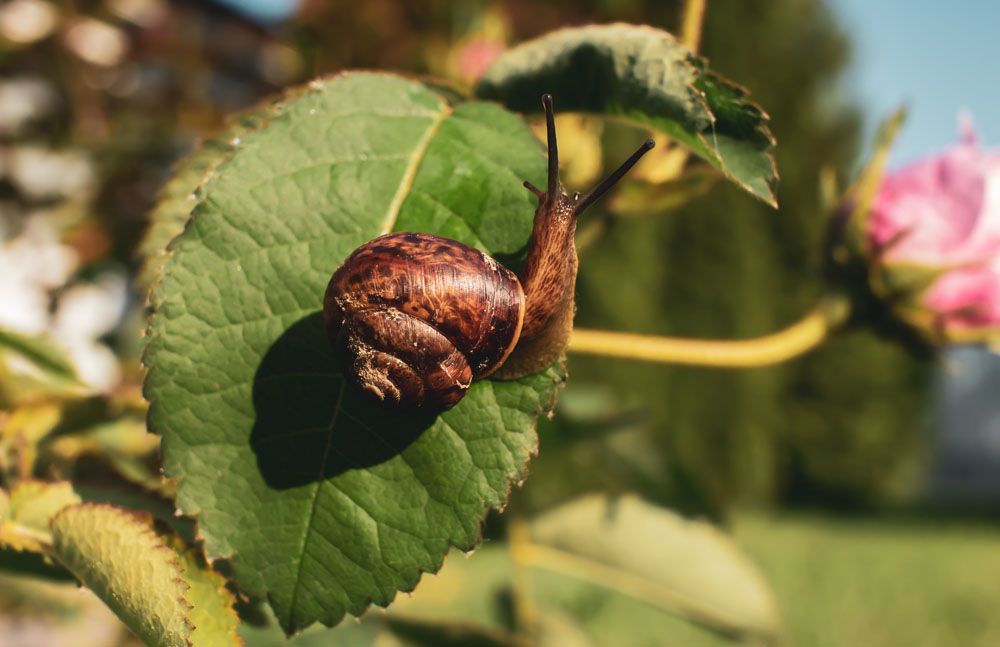
Roseslug – Endelomyia aethiops
Roseslug: Appearance, Territory, Damage and Life Cycle
Latin Name: Endelomyia Aethiops
Appearance: Adults are sturdy, 3/8 to 2/3 inch long, and predominantly black with orange or yellow markings that vary depending on gender and species. Adults have two sets of wings with distinct veins and a broad waist, in contrast to the majority of wasps, which have a small constriction between the abdomen and thorax. Larvae have pairs of prolegs on at least six abdominal segments, as opposed to most other caterpillar-like larvae that live openly on foliage, which have prolegs on five or fewer abdominal segments. Take caution not to confuse roseslugs with helpful syrphid larvae that feed on rose aphids. Roseslugs can be found among eaten or scraped leaves, but syrphids can be found alongside aphids but do not gnaw on plants. Syrphid larvae lack genuine legs, whereas roseslugs have three pairs of small legs on the body.
Hosts Plants: The bristly roseslug has been identified as a host for wild and cultivated roses, as well as spirea. Young caterpillars feed on the lower leaf surfaces as leaf skeletonizes. The epidermis on the upper leaf surface becomes white and finally falls off, creating a hole. Older bristly roseslugs eat holes in leaves and feed between the major veins. The bristly roseslug may be quite harmful since it is a bigger bug than the other two roseslugs and has numerous generations per year.
Territory: Europe
Damage Insect Cause: Sawflies are easiest to handle while they are young. There are several control choices available. Picking them off by hand is a physical strategy. It is also possible to dislodge them using a stick or a jet of water. If you use water, make sure to spray early enough in the day that the foliage is dry by nightfall to avoid creating ideal circumstances for fungal growth. Spraying the rose blooms should be avoided since many conventional pesticides are very hazardous to bees.
Life History and Habits: Sawflies go through four phases of development: egg, larva, pupa, and adult. Females lay tiny eggs around the edges of rose leaves. Larvae hatch and expand through five successively bigger instars. Rose sawflies pupate in cocoons on leaves, organic litter beneath plants, or in a cell in twigs or the stub end of cut roses, depending on the species and environment. Rose sawflies have one or more generations every year in California.
